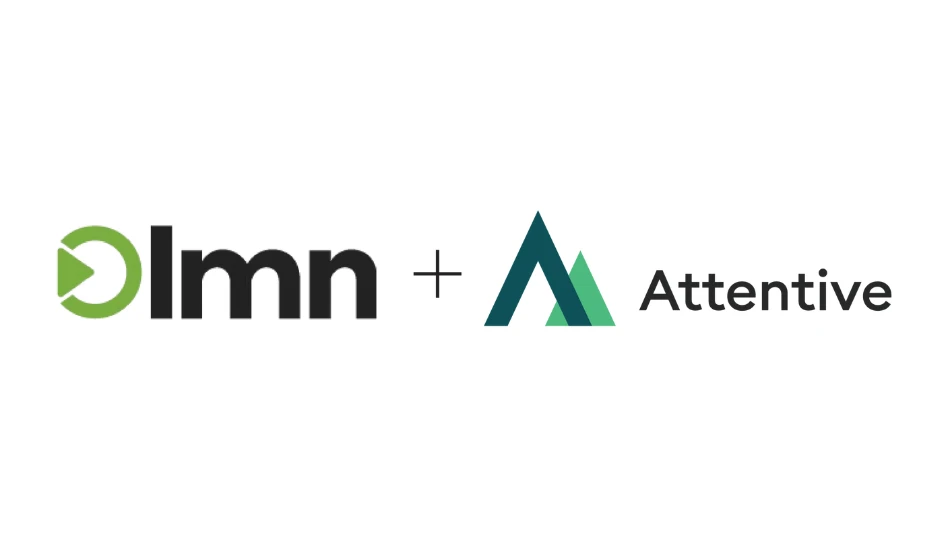
Bill had a landscape installation company in the Midwest. He knew his pricing for projects weren’t keeping up with the cost of labor. However, he didn’t know how to adjust his pricing to ensure that all his payroll taxes, insurances, general and administrative (G&A) overhead costs, and a reasonable net profit were covered.
He had a good handle on the production side of his business, but he had no idea how to handle the budgeting and pricing side of it. In desperation, he signed up for an estimating workshop where he hoped that he would learn how to address these issues.

Faulty math assumptions.
At the workshop, Bill learned the MORS (multiple overhead recovery system) estimating method, how to prepare a budget for the upcoming year, as well as calculate his material and equipment costs for jobs he was pricing. Then he was told that, to allocate his G&A overhead costs to his jobs, he should mark up his direct costs using four markup percentages as follows:
- Materials should be marked up 10 percent for G&A overhead costs plus a net profit markup.
- Equipment should be marked up 25 percent for G&A overhead costs plus a net profit markup.
- Subcontractor costs should be marked up 5 percent plus a net profit markup.
- Field labor to include labor burden should be marked up 48 percent for G&A overhead costs plus a net profit markup.
Bill left the workshop as confused as ever. However, he now had the magic numbers to bid his work – at least he thought he did. Unfortunately, he was given faulty mathematical advice that could cause him to overprice or underprice his bids.
How it works in the field.
To illustrate why using percentages to allocate G&A overhead costs to your pricing is inaccurate, we will price three one-month jobs using Bill’s entire labor force. His G&A overhead costs are $10,000 per month and his field labor costs to include labor burden are $13,000 per month. His equipment costs run $7,000 per month.
Analysis.
We kept the cost of field labor and equipment the same for all three jobs as they were one-month jobs requiring the entire field labor force. However, we changed the material costs on each job. Job A had a normal amount of material costs on it and the G&A overhead cost allocated to that job was accurate at just about $10,000. The G&A overhead allocated to Job A was accurate in this case.
Materials Field Labor Trucks & Equipment Total costs
Job A
Direct costs $20,000 $13,000 $7,000 $40,000
G&A markups x .10 x .48 x .25
Totals 2,000 6,240 1,750 $9,990
Break-even point (BEP) $49,990
10% net profit markup $4,999
Price $54,989
Job B
Direct costs $40,000 $13,000 $7,000 $60,000
G&A markups x .10 x .48 x .25
Totals 4,000 6,240 1,750 $11,990
BEP $71,990
10% net profit markup $7,199
Price $79,189
Job C
Direct costs $0 $13,000 $7,000 $20,000
G&A markups x .10 x .48 x .25
Totals 0 6,240 1,750 $7,990
Break-even point (BEP) $27,990
10% net profit markup $2,799
Price $30,789
However, Job B was a material-intense job and the G&A overhead costs allocated to it were $11,990 or just about $2,000 too high for a one-month job. Job C had no material costs because either the owner bought the materials, or it was a heavy labor job with minimal or no materials. The G&A overhead costs allocated to it were $2,000 too low.
Conclusion.
The primary objective of cost estimating is to calculate your costs accurately whether they be materials, labor and labor burden, equipment, subcontractor costs or G&A overhead costs. Using the MORS estimating method, Bill allocated roughly $2,000 too much G&A overhead on Job B and roughly $2,000 too little G&A overhead costs on Job C. In a competitive market, you’ll usually get the jobs that you underprice and lose the jobs that you overprice. If you use percentages to allocate G&A overhead costs to your bids, you’ll tend to overprice material-intense jobs and underprice labor-intense ones.
I understand the MORS estimating method pretty well. I taught it to landscape contractors for three years in the late 1980s until I realized how inaccurate it was. I even wrote a book about it, A Critical Analysis of the MORS Estimating System, where I describe how using percentages to mark up direct costs and allocate G&A overhead costs to bids is extremely inaccurate. If you disagree with me, I challenge you to show me mathematically where I am wrong. You may win a lot of work using the MORS estimating method, but I guarantee that you’ll lose this argument with me every time.
Jim Huston runs J.R. Huston Consulting, a green industry consulting firm.
Latest from Lawn & Landscape
- Davey Tree promotes Kevin Marks as VP of Western operations
- Bobcat Company names 2025 Dealer Leadership Groups
- Green Lawn Fertilizing/Green Pest Solutions awards employee new truck for safe driving
- “It’s Been a Game-Changer for Us”
- Beyond symbolic
- When it's time to take a sabbatical
- Webinar: Beyond the flashy AI headlines
- Mariani Premier Group acquires Liliput in Los Angeles




